Rejecting the nauseating mix of new age spiritualism and old age religion that defines the Camino de Santiago, Bert Archer embarks on the lesser-known Via de la Plata
The road is just wide enough for a pick-up truck loaded with building supplies to rumble higher up into the hills that overlook Baños de Montemayor, still terraced after 17 or 18 centuries. The road is mostly flagstones, mostly level, with tufts of beaten-down grass poking up between them. But every so often, there’s a stripe of more obviously found stones, rounded and less evenly spaced, laid around the same time the terraces were being carved, that gave the Via de la Plata its name (which, despite sounding like it has something to do with silver, actually comes from the Arabic al balat, which means “cobblestone road”).
Following the pick-up are five men, aged probably 25 to 50, Croatian by the sound of them. Three have wide-brimmed straw hats, the sort that were probably conceived as modest country hats but that stand out these days as the millinery equivalent of the peasant dress; two of them have thick socks under sandals; all have conspicuously large and conspicuously new backpacks: pilgrims, on their way to Santiago de Compostela.
I hate them on sight.
These are the people that make the more popular parts of the so-called Camino de Santiago so intolerable; these are the people I wanted to get away from when I took the Via de la Plata, a lesser known pilgrimage than the Camino.
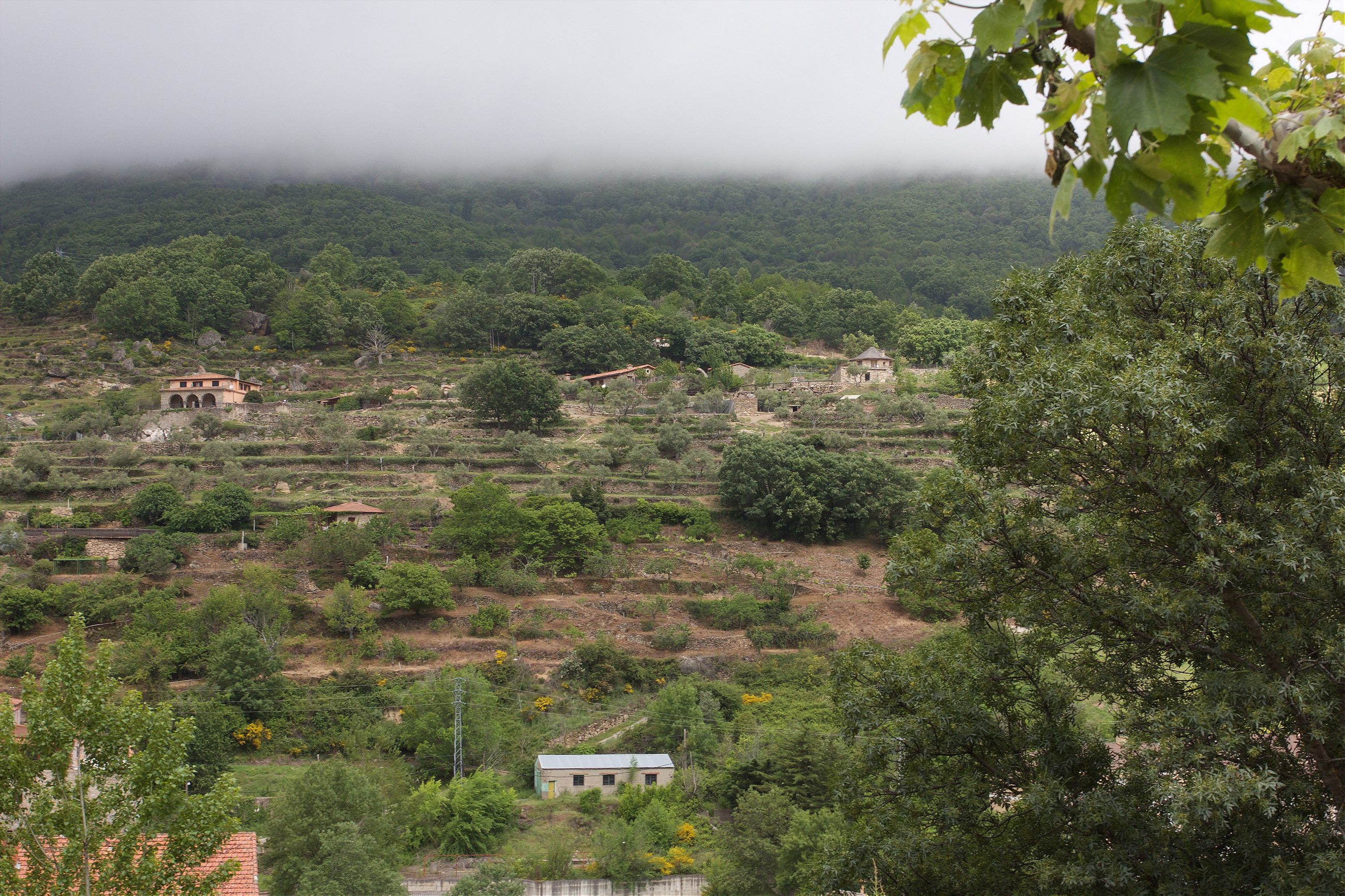
I like the idea of a structured route with some heritage as much as the next guy, walking in the footsteps of thousands who have walked the same road. I just can’t stand the arch admixture of new age spiritualism with old age religion that infuses the very dust kicked up by every be-sandaled foot that strides the Camino.
Born in the Dark Ages from a myth about the mystical appearance of the clam-encrusted body of St. James, executed by Herod in Jerusalem in 44 AD, the pilgrimage route had slowly fallen into desuetude until the 20th century, when people realized they didn’t have to walk anymore. They still visited the church where the mythical body of the saint mythically rests, but they got there by 20th-century methods: planes, trains, and automobiles.
Then came the 1970s, a decade that has a lot to answer for: the Khmer Rouge, China’s Cultural Revolution, Idi Amin, Allende/Pinochet. To that list may be added a resurgence of pedestrian pilgrims, dedicated souls who cut through the undergrowth to reveal the neglected paths, going back to primary sources, like Pope Calixtinus II’s 12th-century guide to the camino, the Codex Calixtinus, to re-establish the route. There were some faithful in there, certainly, but the fact that the resurgence came at the same time as the international marathon boom is not pure coincidence.
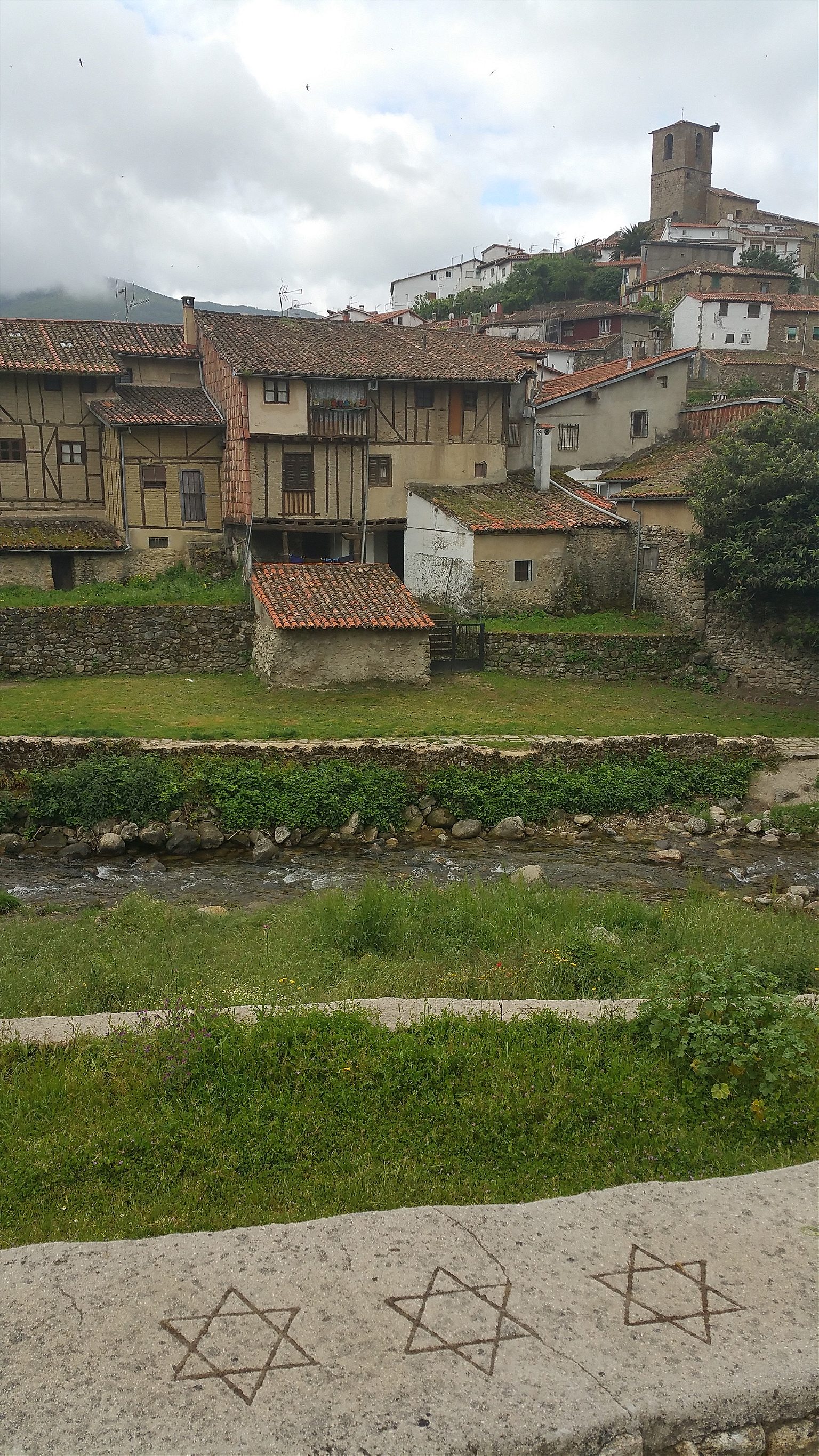
As the line-ups at Machu Picchu and the final approach to Everest’s peak attest, an increasingly leisured and monied Western population has taken rather warmly to artificially reproducing the sorts of physical hardships their ancestors fought so hard to put behind them. Iron Man competitions, extreme sports, and the blooming of a hundred million six-packs all bear witness to a population for whom leisure has become oppressive and regular achievement—stable income, family, housing, a general lack of conflict—is too easy, no longer enough.
Marathoners and Everest climbers are noxious enough, but what makes the Camino so intolerable is the added celestial righteousness. I have no pilgrims in any of my social media networks, but I have read the comments elsewhere: regular reports on how far, how much, how great, with the added bonus of conspicuously quiet—but not silent—averrals of how grounded they feel now, or what inspiring people they met along the way, like the 82-year-old woman who did it barefoot, or the uncle who did it for his cancer-stricken nephew. Ugh.
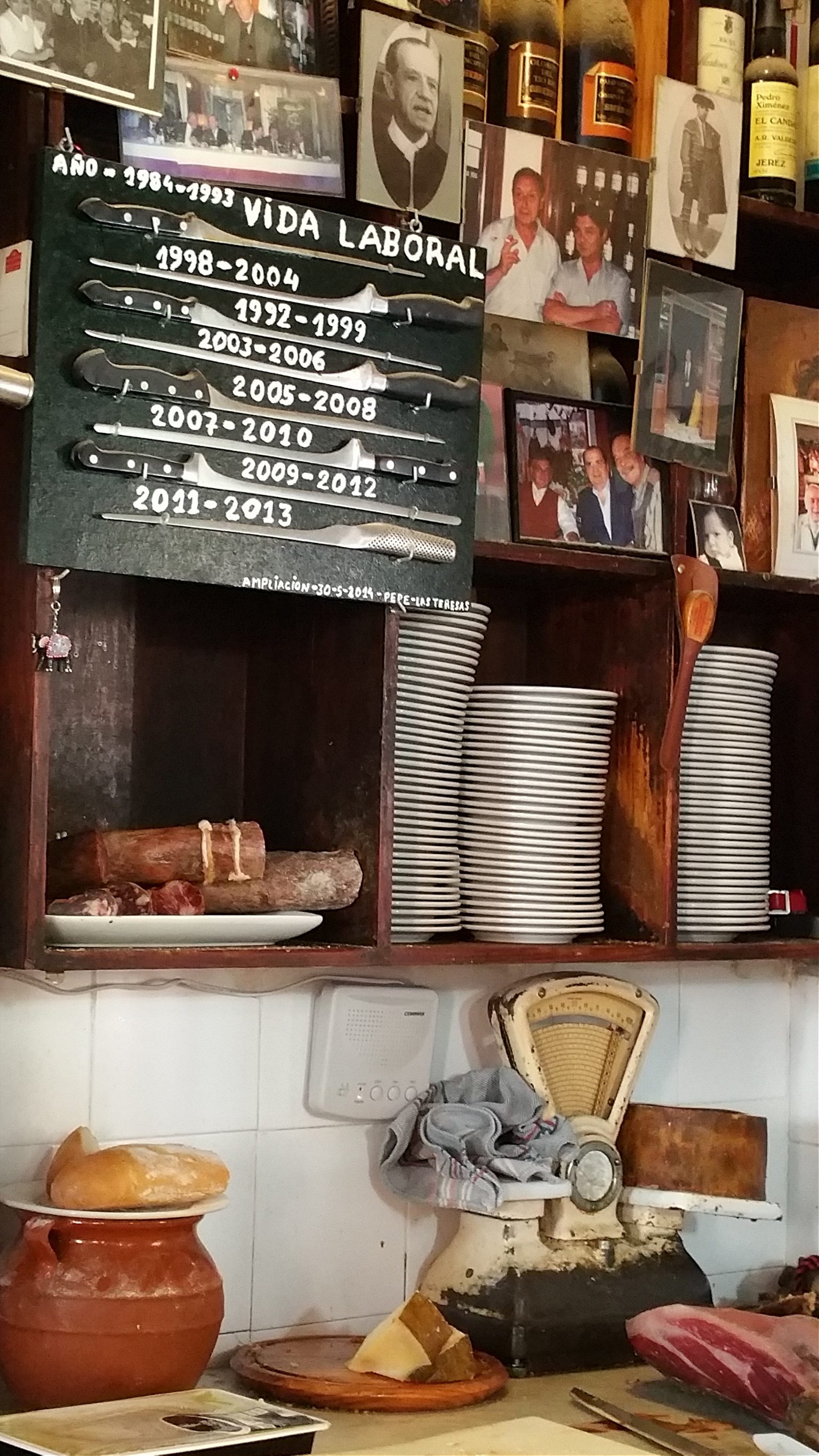
And those who do not believe they have a friend in the sky, but follow the same route as those who for more than a thousand years did and made the trip in the hopes they’d escape the business end of his supernal hob-nailed boot (though for those who still believe, the route is still, as the Catholics say, “indulgenced”) seem to me disingenuous and possibly deluded, like mindful college kids who think Buddhism is an alternative to organized religion, or people whose third car is electric.
Robert Ward, who wrote two good books on the subject of being a secular pilgrim on the Camino, is neither disingenuous nor deluded. He started out as a guy who just liked walking. Then he heard about the Camino, and something happened to him. In the middle of many good sentences in these books, one about walking parts of the Camino several times over the course of a decade, the other about tracking down as many depictions of the Virgin Mary along it and similar routes, he comes out with ones like “While we’ve all heard it said that life is a pilgrimage, it is also true that a pilgrimage is a life,” and “I was a pilgrim and always had been one. It was something that dawned on me day by day, not a lightning flash on the road to Damascus, but a slow recognition that ‘pilgrim’ is another way of understanding who we are, and that to make a pilgrimage is only to formalize that understanding.” There’s something about walking holy roads that makes you think big, beyond what’s in front of you, that attempts to give it all a meaning that transcends the cafes and the bars, the jamon and the queso, the beer and the fina.
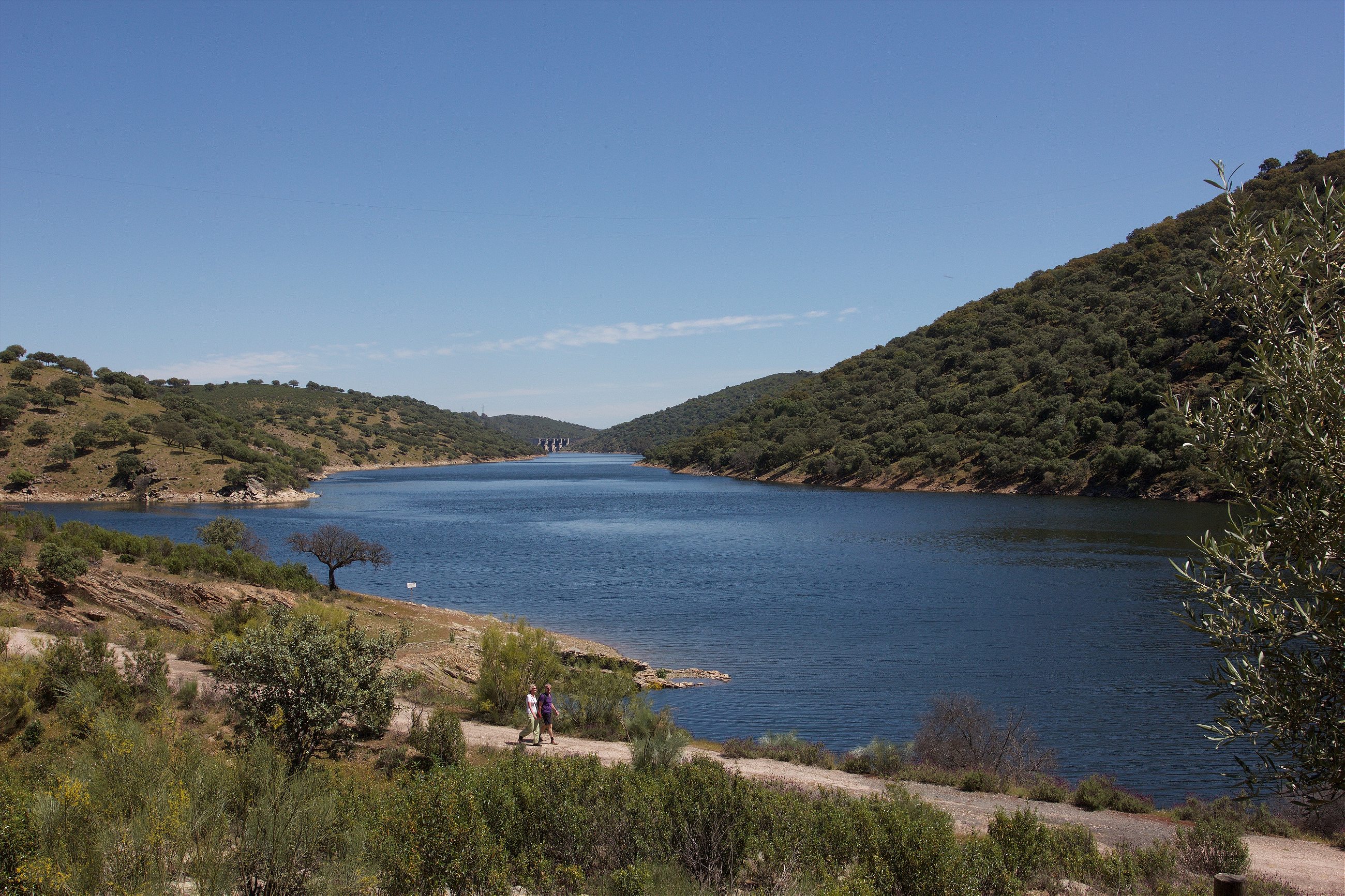
There is one very good thing about the Camino though: It goes through small towns that would otherwise never attract travellers. As the route increases in popularity, however—there were 237,886 pilgrims in 2013, according to the official count—they are becoming more and more like standard tourist towns, albeit catering to a very particular demographic.
The Via de la Plata is different. It’s been around as long, and has been used from time to time over the centuries as an alternative, all-Spanish route to the tomb of St. James (the standard Camino routes begin in France). But it has never been primarily that, and that has made all the difference.
The Via, also known as the Ruta de la Plata, began life as a pre-Roman trade route, first for the transport of tin, then as a way for the Romans to conquer various bits of Iberia, who later, according to Pliny the Elder, used it to trade gold and copper, running as it did between the copper mines of Rio Tinto and the gold mines in Las Medulas.
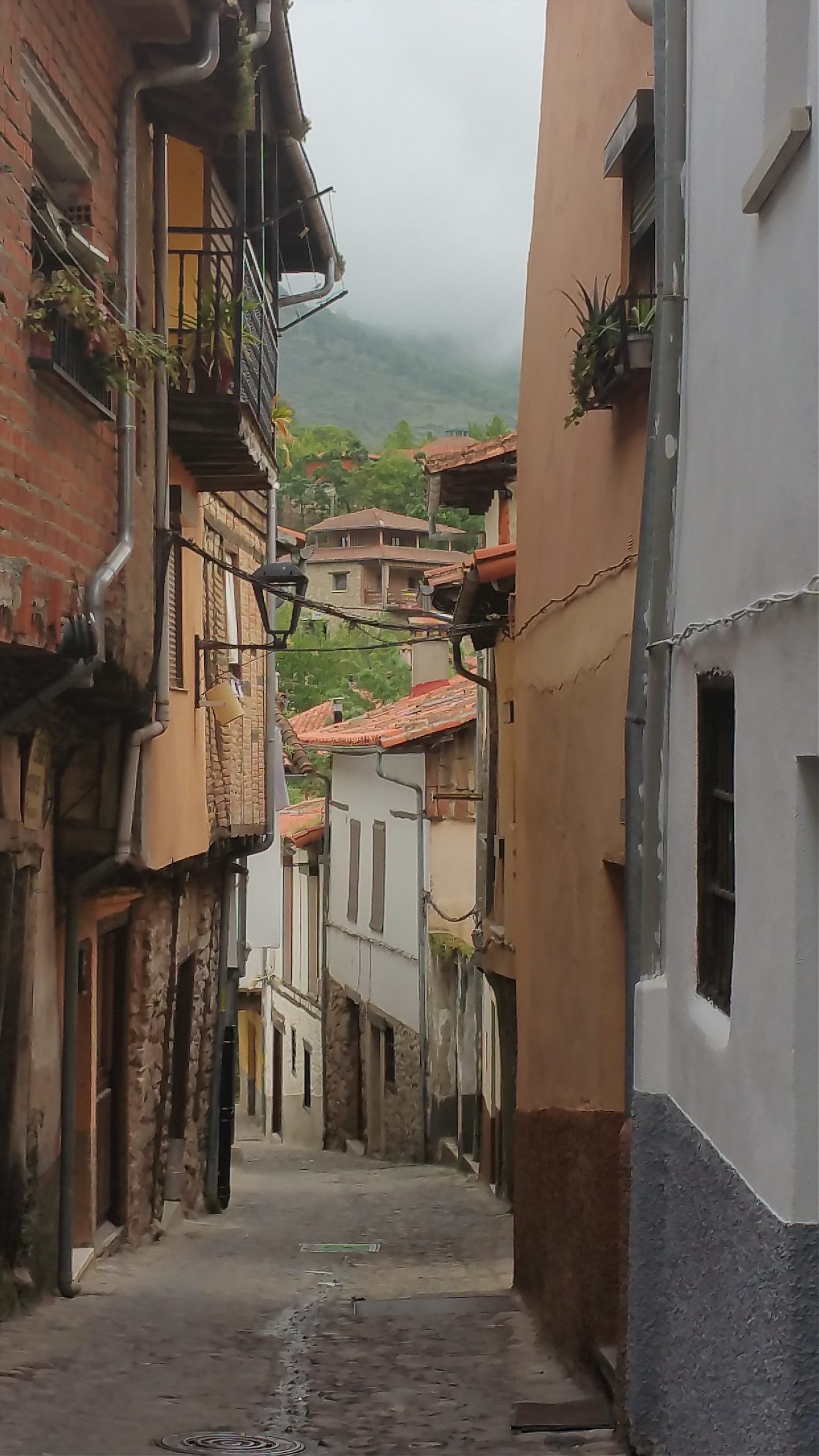
Practical people built practical settlements, unlike those who, from Charlemagne forward, built basilicas and monuments to saints and martyrs around which towns like Redecilla and Ourense grew. There are churches in Fuente de Cantos and Casar de Caceres on the Via, but they’re not the main attractions and not being on the Camino has meant they’ve been thrown back on their own devices to come up with economic engines to replace the trade no longer being done along the route, which is now the A-66, which, though it pretty much follows the old Via, allows you to efficiently bypass all the towns. (In fact, a drunken holler in a Seville bar asking if anyone had heard of Fuente de Cantos drew a chorus of equally bibulous “No’s,” and one meek response from the kitchen, “I think it’s a town.” Fuente de Cantos is just 37 miles north of Seville, and the A66 is the way you get from there to Madrid.)
When I got to Fuente de Cantos (population: 5,002), the church was shut, so I visited the house of the doctor of the mother of the second most famous Spanish painter of the 17th century. Francisco de Zurbaran lived the first 16 years of his life here, before his father sent him off to Seville to be a painter’s apprentice. Specializing in monks, nuns, royalty, and, in the painting that’s become his most famous, a cup of water, Zurbaran was second only to his friend Velasquez in esteem in their day.
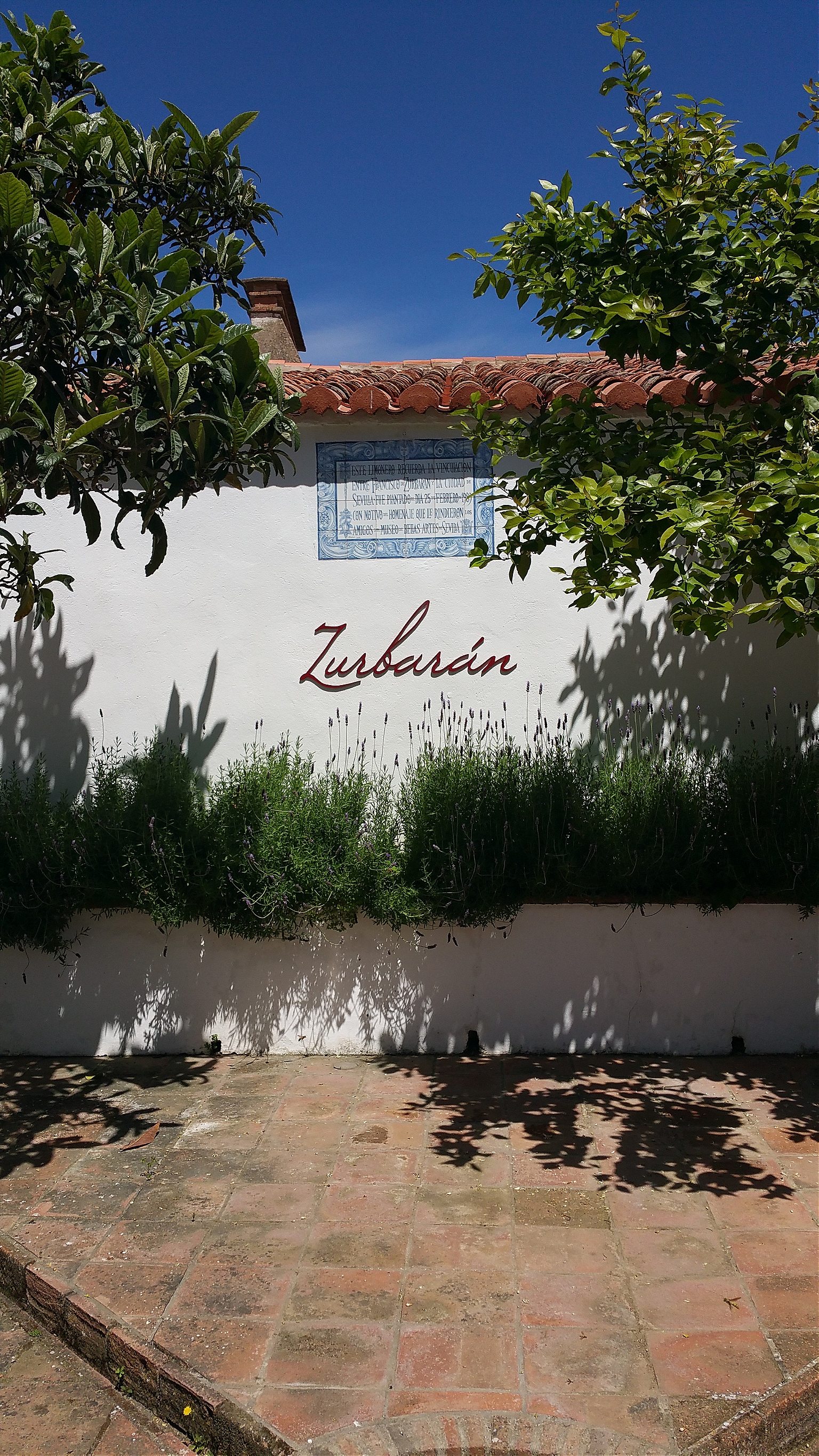
Since then, he’s not fared too well in international circles, though in Spain, he’s still fairly well known. He’s Fuente de Cantos’ favorite son, and since the house he grew up in is still in private hands, the modest museum dedicated to his time here is in the house he was actually born in. It’s a small affair, renovated last year for the 350th anniversary of his death, so actually having any original Zurbarans was out of the question—as the museum-keeper told me, the security expenses will probably never be feasible. So, on the walls there are pictures of his pictures, blown up and framed. There’s also a new touch screen counter where you can flip through a PDF catalogue of his work. It is thoroughly charming, if earnest but underfunded and mostly amateur projects charm you.
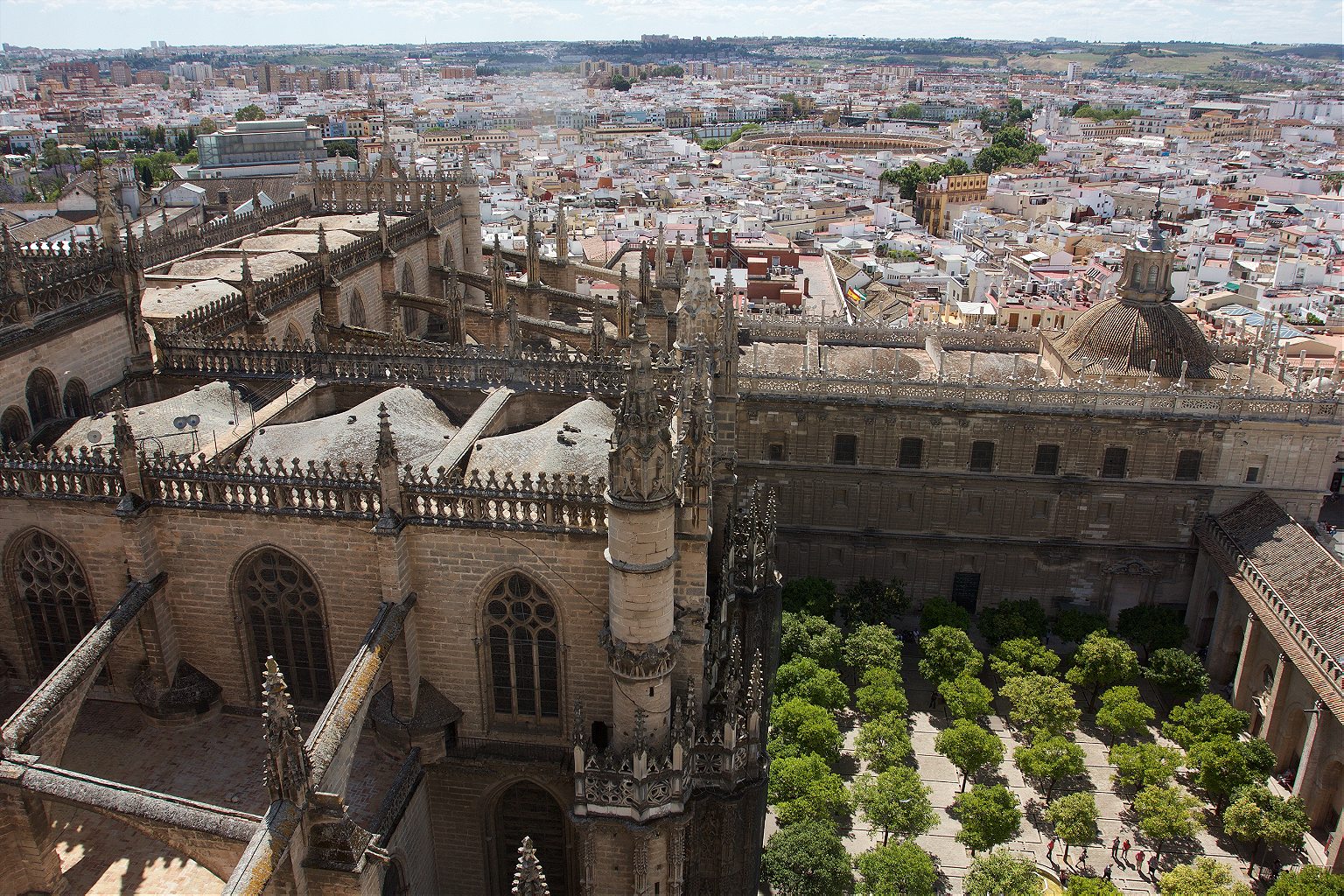
Seville, where by some definitions the Via begins, is gorgeous. The Alcazar, recently re-celebrated as the stand-in for Game of Thrones’ Dornish palace, along with its cathedral, its jamon iberico, and many, is as glorious as you’d expect. But Fuente de Cantos, with its single visible bar, where the tapas is still free (even though the bars tend to close pretty early), and its streets lined with white-washed houses populated only by pint-sized Iker Casillases and David Silvas is unexpected, which is where its beauty lies.
The cheese you get a few miles north, in Casar de Caceres, a tiny suburb of the larger Caceres, is slightly more famous than Zurbaran. Torta del Casar is a raw sheep’s milk cheese; soft and either white or pale yellow, it’s most often served as a spread or dip. It’s a designated cheese, which means the sheep have to come from this part of Extremadura, where shepherds began making the torta accidentally, when bunches of the harder, more regular white cheese they were trying to make spoiled during humid spring seasons. Until quite recently the cheeses were given away free with the purchase of one of the more popular hard cheeses. Then an American food writer stumbled on it, praised it to the heavens, and, over the next couple of decades, turned it into one of Spain’s most expensive cheeses.
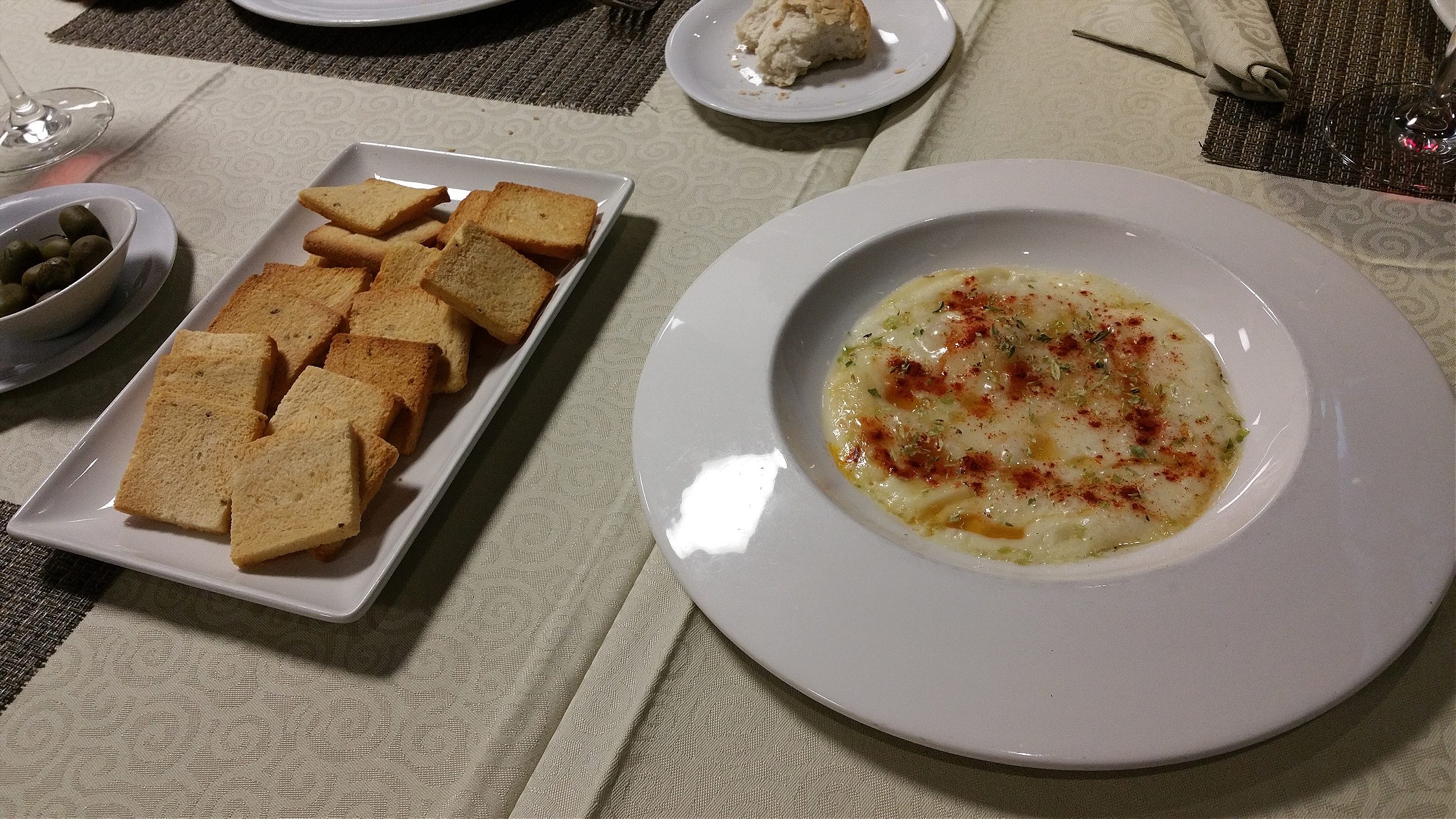
Every town along the Via has its version of the torta, something unique they’ve cultivated and are waiting for the world to recognize, from the never-quite-finished Gaudi-esque house in Los Santos de Maimona, lovingly constructed over the last three decades by a passionate septuagenarian builder named Francisco González Gragera, to Hervas, with its annual Jewish festival that celebrates the fact that it is one of the only towns in Spain that didn’t tear down its old Jewish quarter with its gentile citizens dressing up in their versions of Jewish costumes and doing little dances they think might also be Jewish.
But my favorite is the parador in Plasencia. A former nunnery, it provides a striking contrast to another one I visited just outside Fuente de Cantos, one of the few bits of evidence, aside from those Croatians, of the seeping influence of the religious pilgrimage into the Via de la Plata. The Albergue Convento Vía de la Plata de Fuente de Cantos was a modest but lovely little former convent turned into an albergue of the sort that dot the Camino de Santiago, cheap, with communal facilities and a cafeteria where you get your daily bread, and not much more, before heading out again.
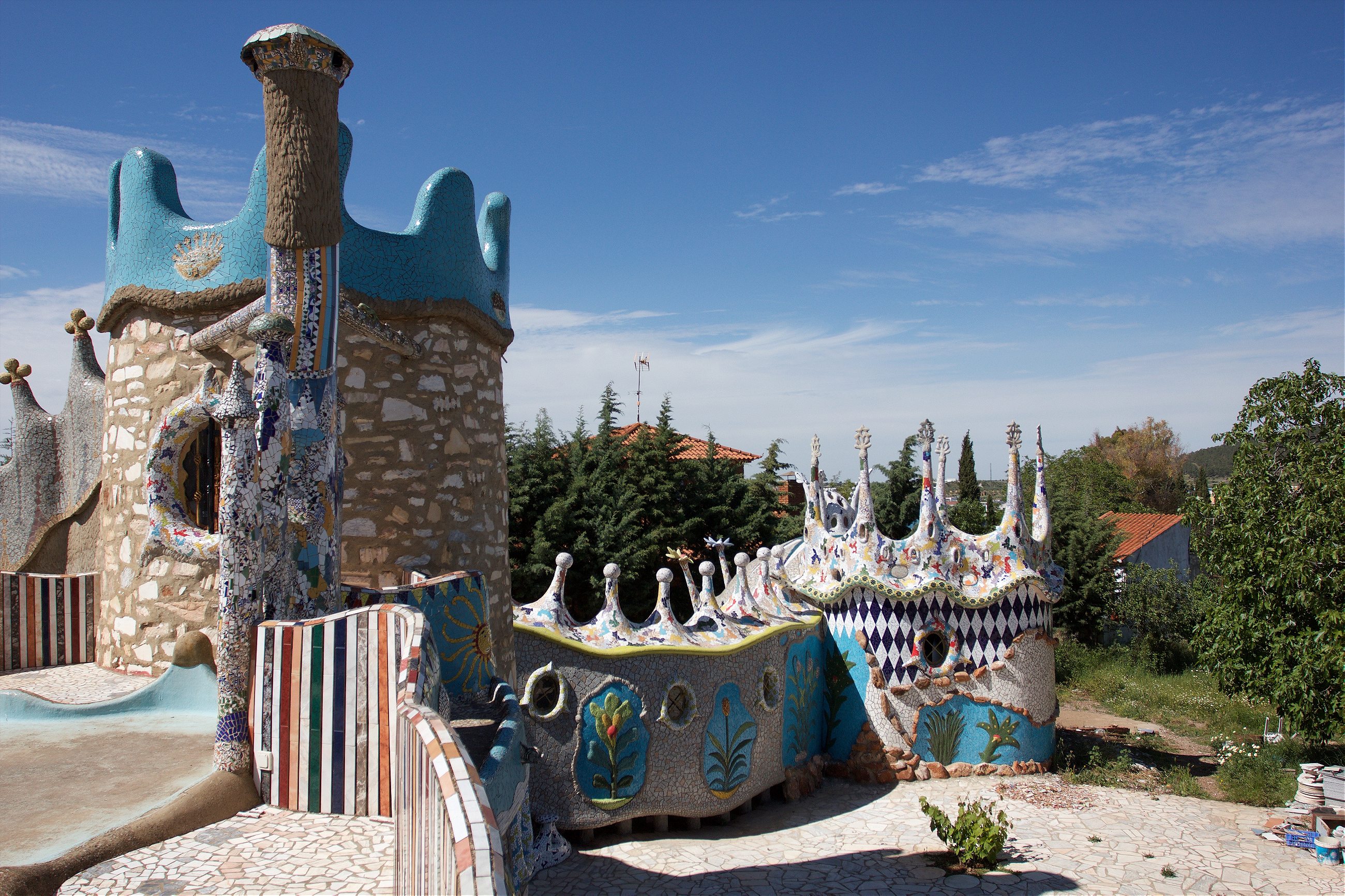
Except here, it’s the exception rather than the rule, and when I called ahead to say I’d be coming, and that I thought I’d like to write about it, there was enough excitement that the mayor invited me to lunch in the albergue cafeteria, where big aluminum platters of modest food like cheese on toast and slices of jamon were served as we talk about tourism, the fantastic success that other route has made over the past couple of decades, protecting many of its small towns from the financial crisis that’s still going on here, and how she’s trying to get some of that sweet pilgrim cash out her way, to add to the mostly school group business of the Zurbaran house.
I sympathize, but later, as I sit in the vaulted brick cellar of the Plasencia parador and a waiter who knows his gin brings me a gin and tonic, served in a big-bowled stem glass packed with ice, the way they’re doing it in Barcelona and Rotterdam these days, with Fever Tree tonic and garnished with a sprig of basil, I silently hope she fails.
By the time you reach Baños de Montemayor, where I ran into my Croatian pilgrims, it’s almost time to turn off to Madrid. The Via continues, all the way north to Astorga, but this isn’t the Camino. There’s no one, in heaven or earth, tracking your progress or waiting to be impressed with your endurance, self-abnegation and weeping blisters. You can do the rest some other time if you like; the bars are open later in Madrid.